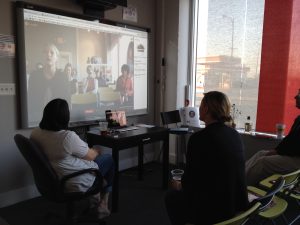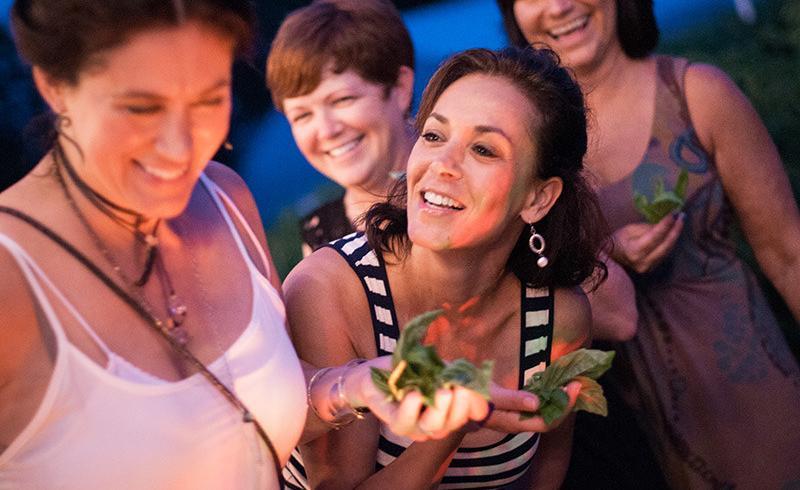
TV as we know it is evolving. DVRs allow us to watch shows on our own schedules, social media is driving our conversations about programming and smartphones and tablets are practically an extension of our arms while many of us watch our favorite shows–a phenomenon known as the ‘second screen’ movement.
It’s exactly the audience that NBC aimed to cater to with its experimental Primetime Companion feature, a component of its Sochi 2014 Olympics Highlights & Results app. The feature allowed viewers to get real-time facts, stats, and photos relating to the content that was on TV at any given time.
Caroline Engle, a recent graduate of the University of North Carolina at Chapel Hill, was contracted by the network to produce content for the Primetime Companion feature. Engle shared her experiences and strategy at the April RVA Content Strategy Meetup.
“When you over-prepare, it makes it easier to shift things around.”
Pulling from a vast bank of research, statistics and photos going back to the first modern Olympic games in 1924, Engle produced upwards of 250 pieces of content for each primetime broadcast for 18 days of coverage–from athlete facts and trivia to background on sports, Olympic history and country stats.

Engle said her best line of defense was over-preparing and producing the content up front. Over 90% of the content she produced was done ahead of time. “When you over-prepare, it makes it easier to shift things around,” said Engle.
A second advantage was that, due to the time difference, Engle got to watch each broadcast before it aired. Primetime programming was taped live in Sochi for later viewing in the US, which allowed her to decide when to best have each factoid pop up in the app.
What was most surprising to me was that there was no approval process for the facts in the app–what Engle wrote was published to the app without any level of oversight. Producers trusted her research and accuracy wholeheartedly.
“I love this type of media. I think it’s fantastic and makes it easy to engage with those who are enthusiastic about any subject.”
While the app received a great response, Engle says she wishes it provided a more interactive experience for users rather than just having the app present users with information.
Overall, Engle is excited about the trends in second-screen viewing and optimistic about its future. “I love this type of media. I think it’s fantastic and makes it easy to engage with those who are enthusiastic about any subject,” said Engle





